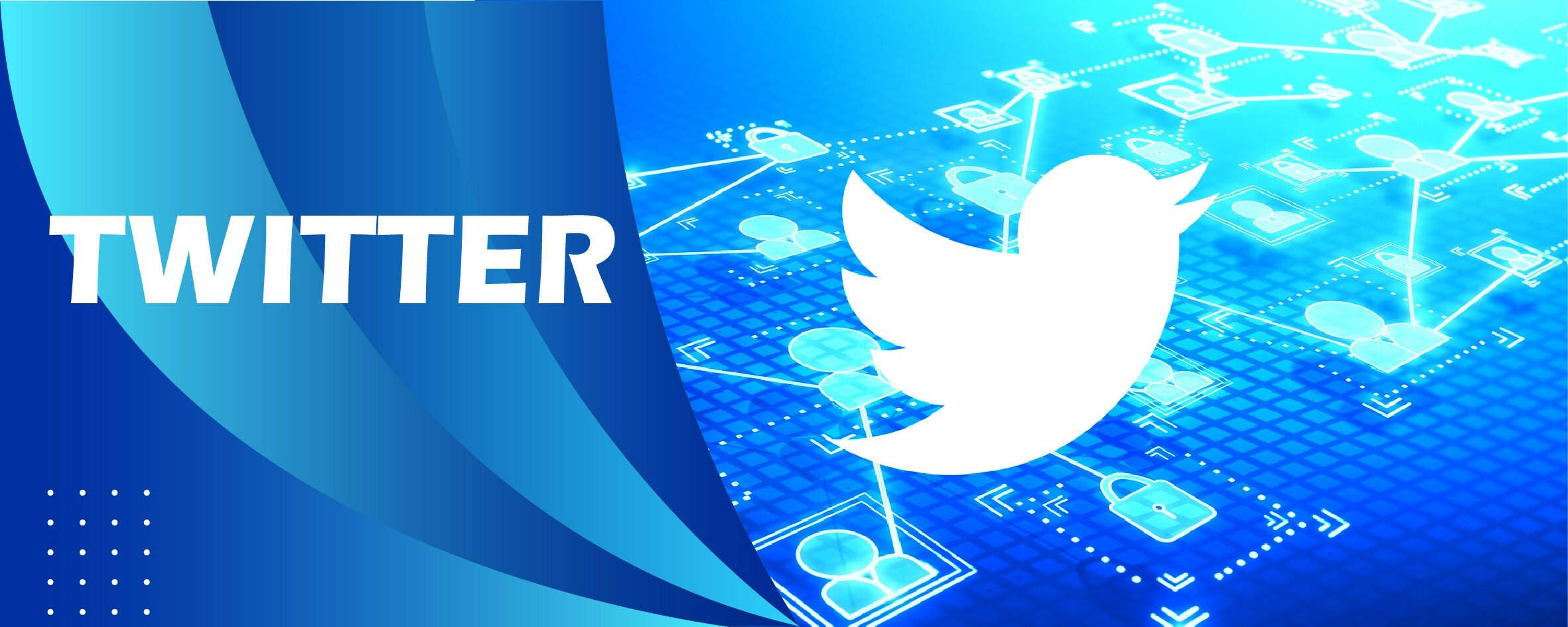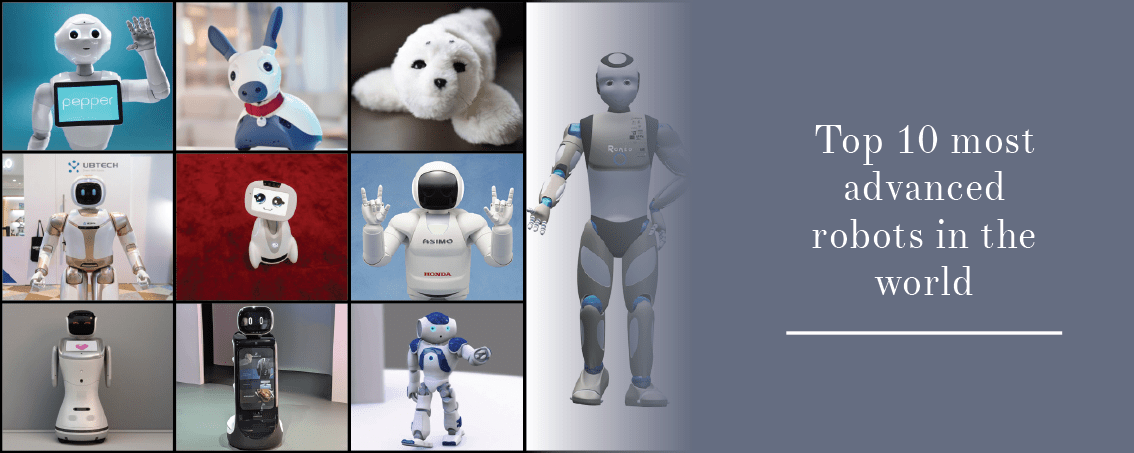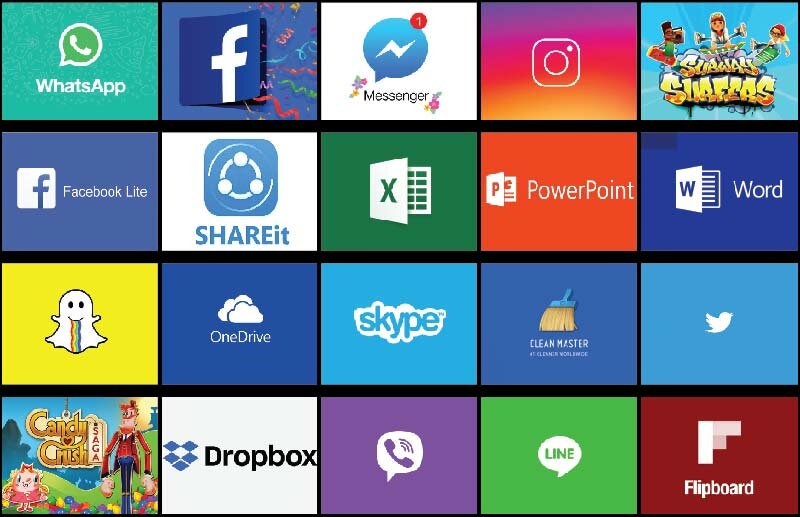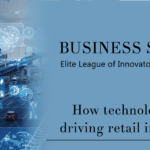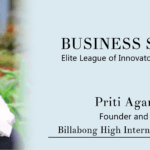Sensors have played a significant role in a variety of industries over the years, but we’ve only realized a small amount of the potential they offer. A sensor-like accelerometer is not something new. It has been miniaturized and volume production has made it so cost-effective that you can put it almost everywhere. As the Internet of Things continues to scale and big data plays an even more important role in sectors like healthcare, technology, and agriculture, the expectation is that the sensor industry will continue to expand and improve. Sensors in the future will be more intelligent and measure more accurately. Sensor technology is the foundation of machine applications. Sensors will drive opportunities in advanced healthcare and medical diagnostics and home monitoring applications. The IoT has had a great influence on sensor technology. Whether it is wearables, implantable, smart fabrics or smart pills, improvements in micro-electro-mechanical systems (MEMS) technology and sensors have been one of the driving factors.
A sensor is a detector having the ability to measure some physical quantity that is happening and then, the sensor will convert the measurement into a signal which can be read by various methods.
The balance between sustainability and economic gain is always the prime objective of the companies which also present ways for innovative processes to manufacture the sensors. The machines made with lower quality will do more harm than any good to the individual. That is the important challenge manufacturers face which is keeping the production costs lower and providing higher quality products on another end with a higher lifespan of the products. With the challenges comes required expertise in the field. The understanding of what magnitudes these measures will affect is diminishing steadily. Striving to improve the products is the basis of development and similarly, it goes for sensors as well.
Newer sensor technology is integrated into vital components of a smart sensor on a chip and offers a controlled specification for its operation across the range of applications.
Newer sensors are as follows:
Water Level Sensors
Water leaks are highly probable and they could be detrimental for the businesses as well as for the environment and hence, water level sensors have become common in recent years. The sensors are used in data centers, fisheries, nuclear facilities, rainwater harvesting plants, and production factories as they have more reliable than before and can easily last up to 15 years after implementation.
Temperature Sensors
Temperature sensors have become versatile in their applications with the advancement of IoT. Firstly, they were used in the refrigeration, AC and similar devices relying on temperature. But today, the scenario has changed as the IoT world progresses. Temperature sensors are being used in manufacturing processes, agriculture and the health industry.
Proximity Sensors
Proximity sensors found their application in security application but now they are entering the retail industry as well. Therefore, proximity sensors have become a hot topic in sensor technology as it is finding more applications in other fields.
The potential for sensor technology to grow in the future is limitless and they will become more advanced.


